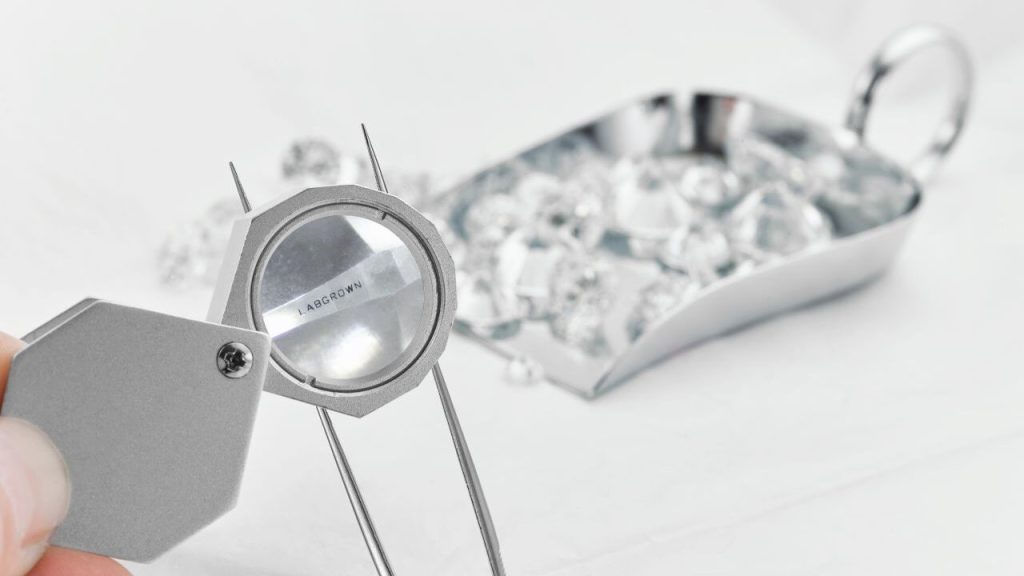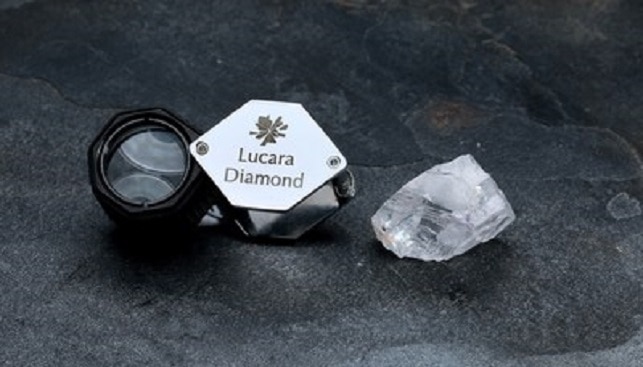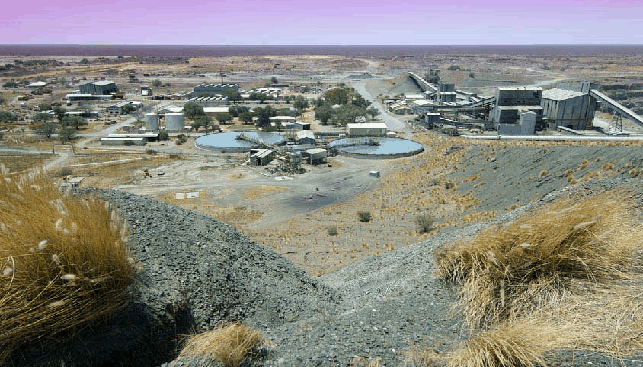
Hong Kong authorities have arrested four people suspected of running a money-laundering syndicate that falsely declared synthetic diamonds as natural.
The operation, which authorities codenamed “Gem Crusher,” was the first money-laundering case using transnational diamond trading the Hong Kong Customs and Excise Department has detected, the government organization said Thursday.
On December 19 and 20, customs raided eight premises across multiple areas in Hong Kong, including residential and business locations. So far, authorities have frozen HKD 8.2 million ($1.1 million) in assets belonging to those in custody.
Hong Kong customs officials were alerted to the scheme earlier this year and launched a financial investigation, exchanging information with authorities in India, the department explained.
Members of the crime syndicate had established diamond-trading companies in both Hong Kong and India. Throughout 2021, the syndicate exported low-value lab-grown diamonds from Hong Kong to India with fictitious declarations presenting them as high-value naturals.
The purpose was to “transfer significant amounts of suspicious funds from India to Hong Kong,” authorities alleged. The suspects laundered around HKD 500 million ($64 million), the department claimed.
During the raid, customs seized a “large quantity of suspected synthetic diamonds, a small quantity of natural diamonds, about HKD 1 million [$128,055] in cash, a number of mobile phones, computers, company [seals], checkbooks, bank cards, bank documents and trading documents” from the four suspects, authorities said.
The four men — believed to be the “masterminds, ring leaders and members” of the syndicate — were arrested on suspicion of “dealing with property known or reasonably believed to represent proceeds of an indictable offense.”
The investigation is ongoing, and further arrests cannot be ruled out, customs noted.
Souce: Diamonds.net










